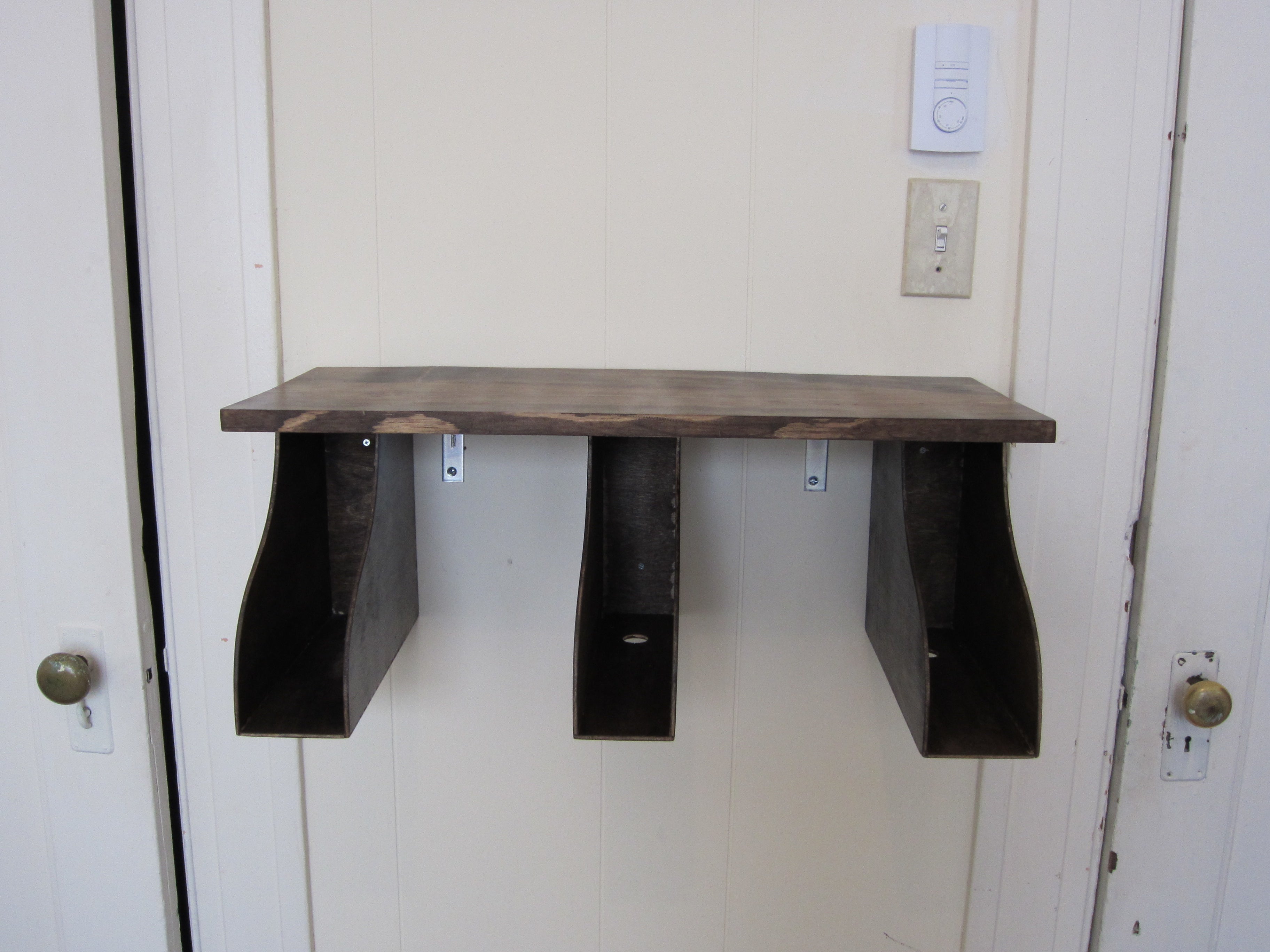Tattoos have been a prominent form of self-expression for centuries, allowing individuals to permanently etch their stories, beliefs, and personal style onto their skin. While many are familiar with the buzzing of tattoo machines and the professional tattoo studio experience, there is a growing trend that embraces a more organic and intimate approach: stick and poke tattoos. As an ancient technique that has found its place in modern times, stick and poke tattoos offer a unique and personalized experience for both the artist and the wearer. In this article, we will explore the artistry, history, safety considerations, and the growing popularity of stick and poke tattoos, shedding light on this captivating form of body art.
What Is a Stick and Poke Tattoo?

A stick and poke tattoo, also known as a hand-poked tattoo or DIY tattoo, is a form of tattooing that involves manually puncturing the skin with a needle or instrument held by hand. Unlike traditional machine tattoos, which use an electric needle to rapidly inject ink into the skin, stick and poke tattoos are done manually, one dot or line at a time, by dipping a sterile needle in ink and then using it to puncture the skin.
The process of creating a stick and poke tattoo can be more time-consuming than traditional machine tattoos, as each individual needle prick needs to be carefully placed and spaced out to achieve the desired effect. Additionally, stick and poke tattoos may not have the same level of precision as machine tattoos, as they rely on the skill and steadiness of the artist’s hand.
Some people prefer stick and poke tattoos because they are more affordable and accessible than traditional machine tattoos, as they can be done at home with minimal equipment. Others appreciate the artistic quality of stick and poke tattoos, as they can have a more handcrafted, personal feel.
History of Stick and Poke Tattoos
The origins of stick and poke tattoos can be traced back to ancient civilizations such as Egypt, where evidence suggests that they were used for cosmetic and therapeutic purposes. In Japan, hand-poked tattoos were used to mark criminals and outcasts during the Edo period (1603-1868), and eventually became recognized as an art form known as irezumi.
In Western culture, stick and poke tattoos gained popularity among sailors in the 19th century, who would often tattoo each other while at sea using makeshift materials such as needles and India ink. This form of tattooing continued to spread throughout various subcultures, including punk and DIY communities, where it became associated with anti-establishment values and a rejection of mainstream tattoo culture.
Despite its underground status, stick and poke tattooing has recently gained more mainstream recognition, thanks in part to social media platforms such as Instagram and TikTok. Many artists are now using this technique to create intricate and detailed designs, and there has been a growing interest in the unique aesthetic qualities that can only be achieved through hand-poking.
how to do a stick and poke
Giving yourself or receiving a stick and poke tattoo requires some skill and preparation. Here’s a step-by-step guide on how to do it safely:

Step 1: Gather your supplies
You will need a sterilized needle, tattoo ink, a disposable cup for the ink, rubbing alcohol, gloves, and a clean towel.
Step 2: Prepare the area
Clean the area where you plan to place the tattoo with soap and water, then disinfect it with rubbing alcohol. Put on your gloves.
Step 3: Create the design
Draw the design you want on the area where you plan to place the tattoo using a non-toxic pen.
Step 4: Begin tattooing
Dip the needle in the ink and begin poking it into the skin, following your design. Continue until the entire design is complete.
Step 5: Clean up
Clean the area with rubbing alcohol and apply an ointment like petroleum jelly to help the healing process.
Pros and Cons
Stick and poke tattoos have their own set of pros and cons compared to traditional machine-made tattoos:
Pros:
- Cost-effective: Stick and poke tattoos are much cheaper than traditional tattoos.
- Simple and easy: The tools required for stick and poke tattoos are readily available and easy to use.
- Unique style: Stick and poke tattoos have a distinct look that sets them apart from traditional tattoos.
Cons:
- Risk of infection: Because stick and poke tattoos are done manually, there is a higher risk of infection if proper precautions are not taken.
- Limited detail: Stick and poke tattoos may not be able to achieve the same level of detail as machine-made tattoos.
- Time-consuming: Stick and poke tattoos can take much longer to complete than traditional tattoos.
Stick and Poke Tattoo vs Machine-Made Tattoo
Stick and Poke Tattoos:
- Done by hand
- Cheaper
- Takes longer to complete
- More risk of infection
- May not achieve as much detail
Machine-Made Tattoos:
- Done with a machine
- More expensive
- Faster
- Less risk of infection
- Achieves more detail
Stick and Poke Tattoo Ideas
Stick and poke tattoos can be as simple or as complex as you like. Here are a few popular stick and poke tattoo ideas:
- Heart
- Cross
- Moon phases
- Constellations
- Animals
- Words or phrases

Tips
If you’re planning to give or receive a stick and poke tattoo, here are some tips to keep in mind:
- Always use sterilized equipment and proper safety precautions.
- Start with a small design before moving on to more complex ones.
- Take breaks to avoid hand cramps and fatigue.
- Aftercare is essential – follow instructions for cleaning and healing.
Best Stick and Poke Tattoo Kits
If you’re looking for the best stick and poke tattoo kits, here are a few options to consider:
- Dragonhawk DIY Stick and Poke Tattoo Kit
- Wormhole Tattoo Stick and Poke Tattoo Kit
- One Tattoo World Stick and Poke Tattoo Kit
Stick and poke tattoos may not be for everyone, but they offer a unique and creative way to express yourself through body art. Just remember to take the necessary precautions and follow proper aftercare instructions for a safe and successful experience.
Conclusion
Stick and poke tattoos are a fascinating form of DIY tattooing that has been around for centuries. They offer an affordable, unique, and creative way to express oneself through body art.
Yet, keep in mind that stick and poke tattoos carry some risks, such as infection and limited detail. It’s crucial to take the necessary safety precautions when giving or receiving a stick and poke tattoo, including using sterilized equipment and following proper aftercare instructions.
If you’re interested in trying out stick and poke tattoos, do your research and start with a small design before moving on to more complex ones. And always remember: safety first.
FAQs
- How long do stick and poke tattoos last? Stick and poke tattoos can last anywhere from a few months to a few years, depending on factors such as the ink used and the location of the tattoo.
- Can stick and poke tattoos be removed? Yes, stick and poke tattoos can be removed using laser removal techniques, but it may be more difficult than removing machine-made tattoos.
- Does getting a stick and poke tattoo hurt? Yes, getting a stick and poke tattoo can be painful, as it involves manually puncturing the skin with a needle.
- Are stick and poke tattoos permanent? Yes, stick and poke tattoos are permanent, just like traditional machine-made tattoos.
- Can stick and poke tattoos cause infections? Yes, if proper safety precautions are not taken, stick and poke tattoos can carry a risk of infection. It’s essential to use sterilized equipment and follow proper aftercare instructions.

















